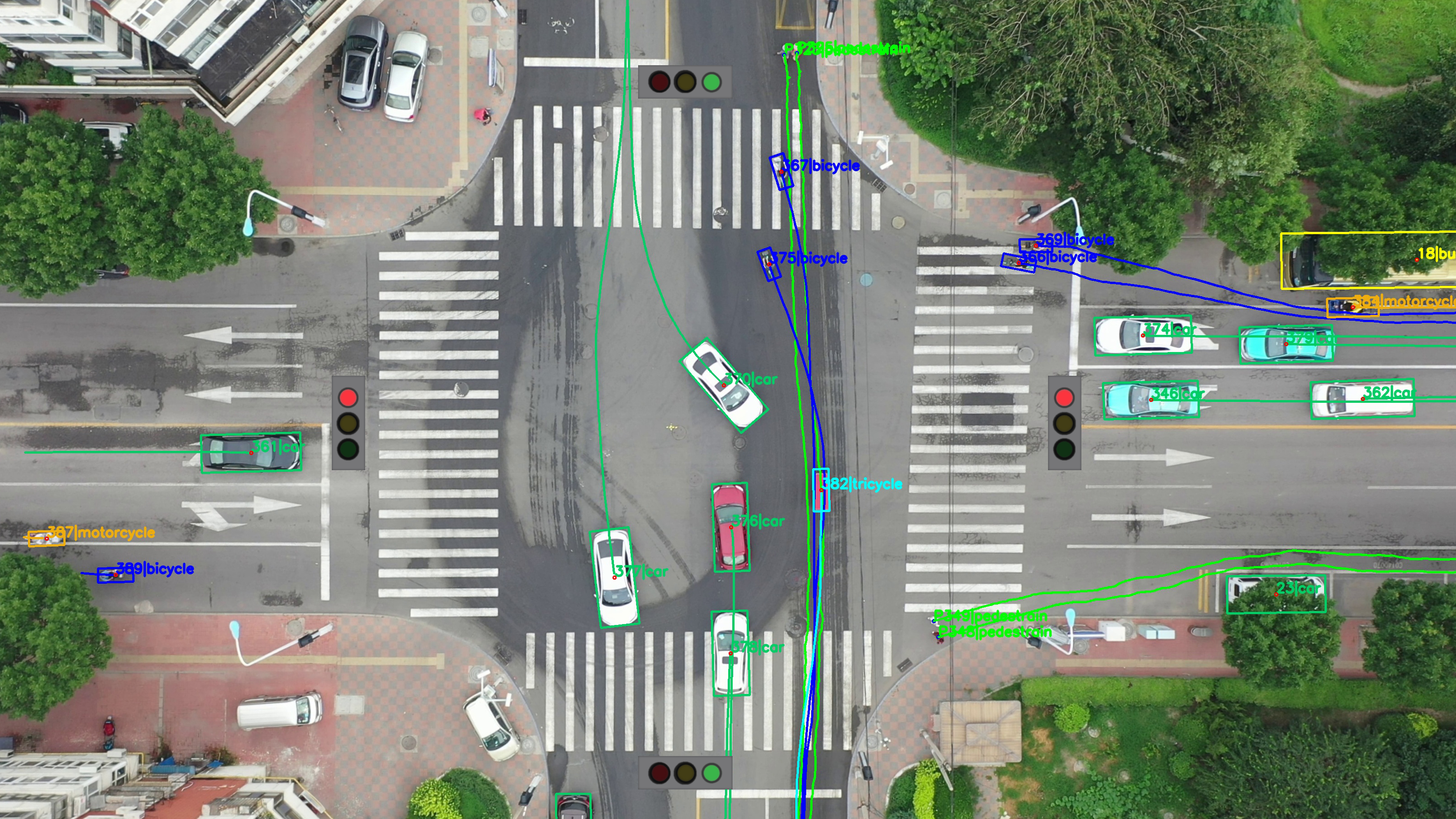SIND: A Drone Dataset at Signalized Intersection in China
Intersection is one of the most challenging scenarios for autonomous driving tasks. Due to the complexity and stochasticity, essential applications (e.g., behavior modeling, motion prediction, safety validation, etc.) at intersections rely heavily on data-driven techniques. Thus, there is an intense demand for trajectory datasets of traffic participants (TPs) in intersections. Currently, most intersections in urban areas are equipped with traffic lights. However, there is not yet a large-scale, high-quality, publicly available trajectory dataset for signalized intersections. Therefore, in this paper, a typical two-phase signalized intersection is selected in Tianjin, China. Besides, a pipeline is designed to construct a Signalized INtersection Dataset (SIND), which contains 7 hours of recording including over 13,000 TPs with 7 types. Then, the behaviors of traffic light violations in SIND are recorded. Furthermore, the SIND is also compared with other similar works. The features of the SIND can be summarized as follows: 1) SIND provides more comprehensive information, including traffic light states, motion parameters, High Definition (HD) map, etc. 2) The category of TPs is diverse and characteristic, where the proportion of vulnerable road users (VRUs) is up to 62.6% 3) Multiple traffic light violations of non-motor vehicles are shown. We believe that SIND would be an effective supplement to existing datasets and can promote related research on autonomous driving.The dataset is available online via: https://github.com/SOTIF-AVLab/SinD
PDF Abstract


 SinD
SinD
 INTERACTION Dataset
INTERACTION Dataset
 inD Dataset
inD Dataset